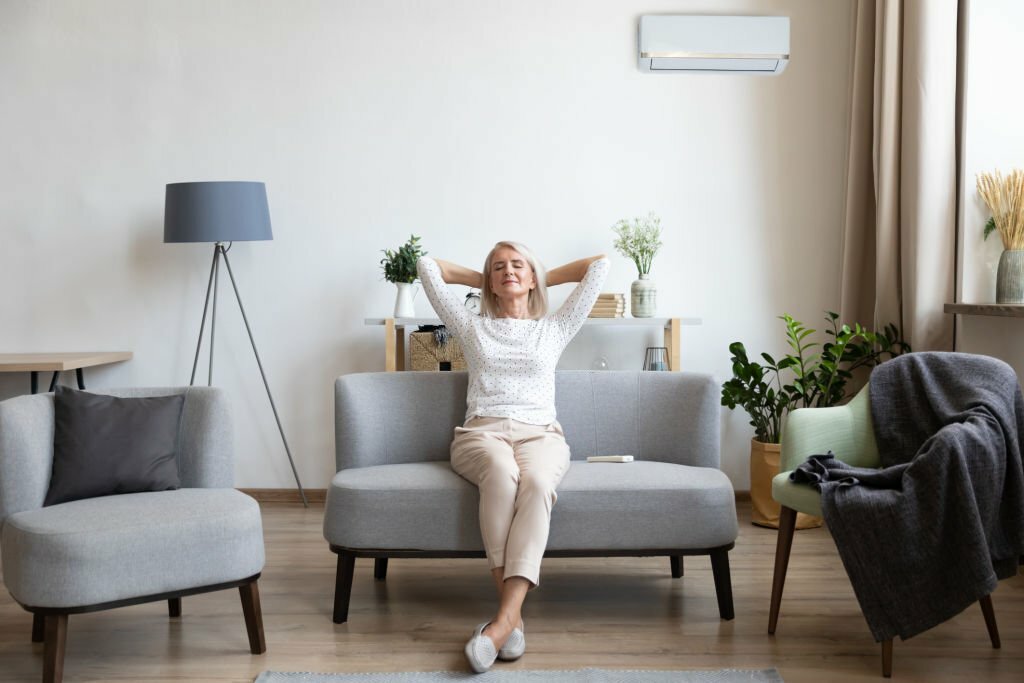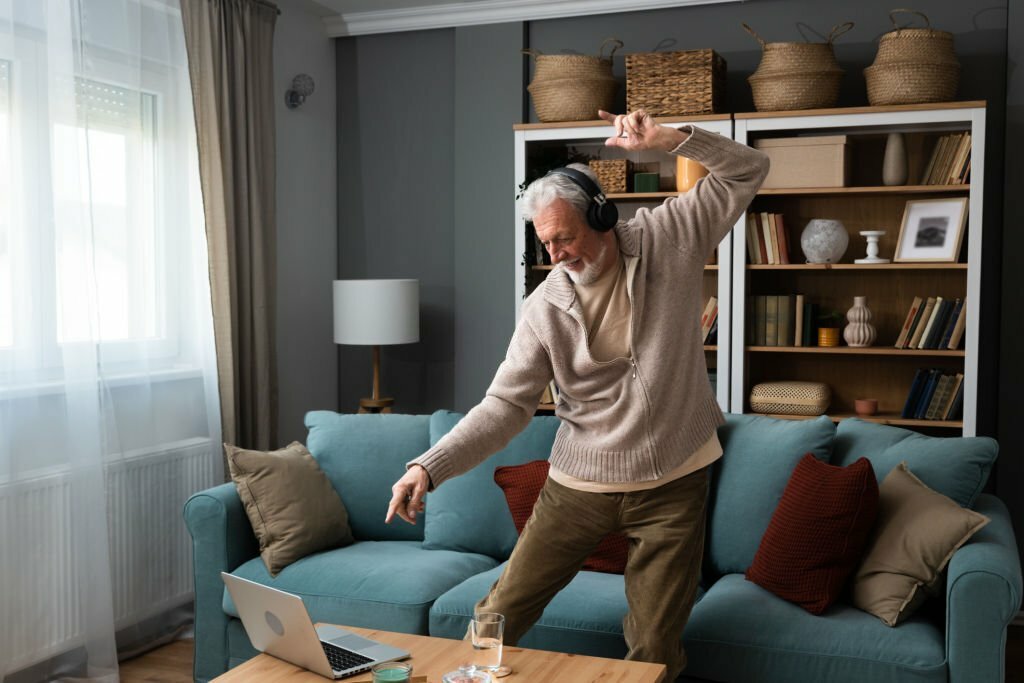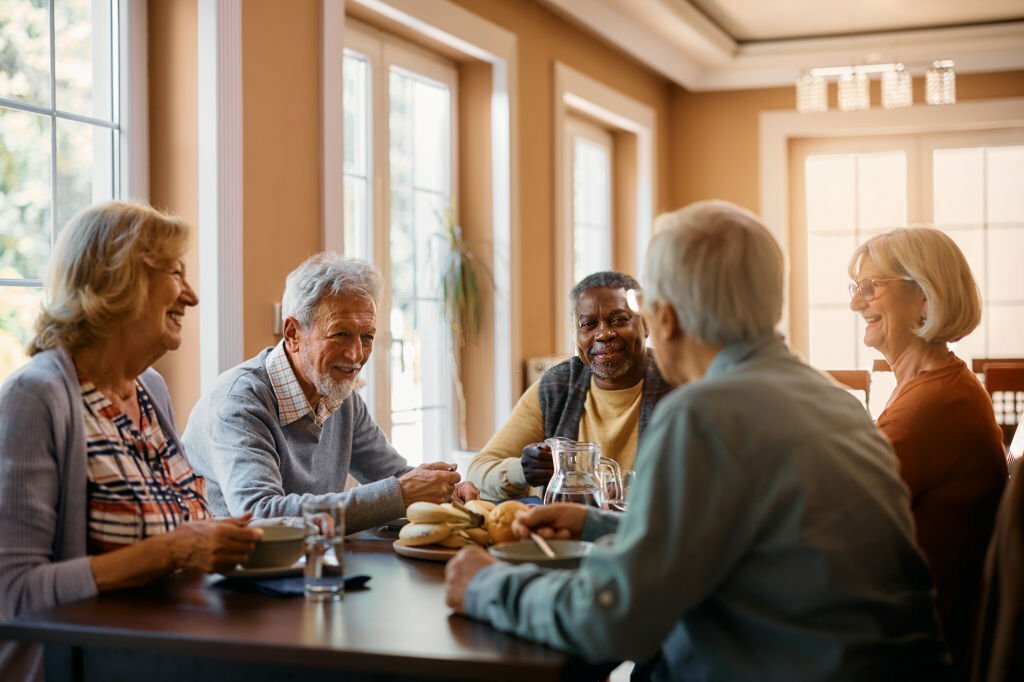
Age in Comfort: Essential Home Modifications for Elderly Loved Ones
As our loved ones grow older, it becomes crucial to create a home environment that prioritizes their comfort and accessibility. Customized home modifications designed specifically for family members not only improve their quality of life but also foster a sense of independence and safety.
In this guide, we will explore areas of the house like the entrances, bathrooms, and bedrooms and provide practical solutions like ramps, grab bars, and adaptive furniture to ensure a secure and comfortable living space for aging relatives.
Entrances: Creating Welcoming Accessibility
Entrances are the gateway to welcoming accessibility. Thoughtful design, proper lighting, and practical layout create an inviting entry, ensuring a positive and inclusive experience for everyone who arrives.
- Ramps for Easy Entry: The first aspect to consider is the entrance to the house. By installing ramps, we can provide an accessible transition for family members facing mobility challenges. Whether it’s the porch, back entrance or garage access point ramps eliminate the need to navigate stairs and make entering or exiting more convenient.
- Wider Doorways for Easy Movement: Expanding doorways may seem like a change. Has a significant impact. This modification allows maneuverability with mobility aids such as walkers or wheelchairs, enabling movement between rooms. It’s an adjustment that greatly enhances accessibility within the home.
- Non-Slip Flooring: Replace any uneven flooring with slip alternatives that prioritize safety in every area of the house. Making modifications near entrances where the risk of slips and falls is higher is crucial. Non-flooring enhances safety by providing a surface, reducing the likelihood of accidents.

Bathroom: Independence Measures
In bathrooms, independence measures are crucial. Incorporate grab bars, nonslip surfaces, and accessible fixtures to foster autonomy, ensuring a safe and comfortable space for everyone.
- Walk-in Showers: By converting tubs into walk-in showers, we can eliminate the need to step over edges, thus reducing the risk of tripping or falling. Incorporating grab bars within the shower area ensures added support. Creates a space for bathing.
- Grab Bars and Handrails: Strategically installing grab bars throughout the bathroom—near the toilet, shower, and bathtub—provides support for family members as they navigate this space. This promotes independence while minimizing the risk of accidents.
- Comfort Height Toilets: Replacing standard-height toilets with comfort-height models can make a difference for seniors. These taller toilets make it easier for them to sit down and stand up, reducing strain on their joints and muscles.
- Accessible Vanity and Storage: Lowering the height of bathroom vanities to accommodate individuals in wheelchairs or with mobility is important. Additionally, installing pull-out shelves and drawers ensures access to care items while minimizing excessive reaching or bending.
Bedrooms: Creating a Better Room
Bedrooms thrive when designed for comfort and functionality. Optimize storage, prioritize comfort in furnishings, and personalize the space to create a serene retreat conducive to relaxation and restful sleep.
- Adjustable Beds: Consider investing in beds that can be adjusted to suit the comfort preferences of elderly loved ones. These beds can be personalized to provide support for sleeping positions. Can be especially helpful for individuals with medical conditions like acid reflux or respiratory issues.
- Proper Lighting: Make sure the bedroom has lighting to prevent accidents and allow movement during the night. Installing motion-sensor lights or bedside lamps with switches can reduce the risk of tripping or stumbling in low-light conditions.
- Adaptive Furniture: Opt for furniture specifically designed for the elderly, taking their needs into account. This may include chairs with seats, supportive mattresses, and nightstands with storage. These modifications enhance both comfort and functionality, creating a bedroom space tailored to meet the requirements of aging family members.
- Clear Pathways: Ensure that pathways within the bedroom are free from obstacles. This simple adjustment helps prevent tripping hazards. Allows elderly relatives to move freely and safely within their sleeping quarters.
Visit harmonyhomemedical.com if you are also looking for a home modification to provide comfort and freedom of living to your loved ones.
Beyond physical adjustments, home modifications provide peace of mind to both seniors and their families, fostering a sense of familiarity and comfort in their living space while enabling graceful aging in the embrace of home.

Living Spaces: Enhancing Accessibility Throughout the Home
Living spaces can be universally accessible by integrating ramps, wide doorways, and adaptable furniture. Thoughtful design allows ease of movement, fostering inclusivity.
Embrace a barrier-free environment, ensuring everyone can navigate and enjoy the living spaces with comfort and independence.
1. Adapting the Kitchen
The kitchen is often considered the heart of any home. It’s crucial to make sure elderly family members can navigate this area comfortably and safely. Consider installing countertops or adjustable surfaces that cater to varying heights and mobility needs.
When it comes to making homes more accessible for seniors, it’s important to consider storage solutions like easy-to-reach shelves and user-friendly handles for cabinets and drawers.
These changes not only make daily activities like cooking and meal preparation easier but also promote independence.
2. Smart Home Technology Integration
Integrating home technology can greatly improve accessibility and convenience. Voice-activated assistants, automated lighting systems, and smart thermostats allow elderly family members to control aspects of their living environment effortlessly.
These innovations create an accessible home, empowering seniors to manage their daily tasks independently.
3. Home Office Adaptations
As work and home-based activities become more prevalent, it’s crucial to adapt the home office space to accommodate family member’s needs.
Ensuring furniture, desk setups and proper lighting creates a comfortable workspace that fosters inclusivity. Additionally, exploring technology solutions that enhance connectivity can facilitate communication and engagement with the world.
4. Outdoor Accessibility
Don’t forget about accessibility! It’s essential to extend the concept of accessibility beyond the confines of the house.
Installing handrails along pathways, creating reachable seating areas, and ensuring gardens or recreational spaces are easily navigable allows elderly loved ones to enjoy fresh air and nature.
Spending time outdoors not only contributes to well-being but also promotes mental well-being.
5. Financial Assistance
While it is undeniable that these home modifications are important, addressing the financial aspect is crucial. Many people may have concerns about the cost of these modifications. In this context, it is valuable to explore options for assistance.
Government programs, grants, and low-interest loans are available to support home modifications that aim to improve accessibility for individuals.
By researching and understanding these resources, families can alleviate the burden. Make these necessary modifications more accessible.

Consultation with Professionals
For families embarking on the journey of modifying their homes for loved ones, seeking guidance from professionals is an approach.
Occupational therapists, designers specializing in design, and experienced contractors who specialize in aging-in-place modifications can offer valuable insights and recommendations.
Their expertise ensures that the modifications are not functional but aesthetically pleasing, maintaining the overall ambiance of the home.
Conclusion
In conclusion, creating a home for loved ones requires a comprehensive approach that goes beyond just entrances, bathrooms, and bedrooms.
Adapting living spaces, embracing technological advancements, and considering accessibility all contribute to an inclusive home environment.
Furthermore, it is important to have an understanding of the financial support options available and to seek advice from professionals. This will help ensure that the changes we make meet requirements and budget constraints.
By being proactive and considerate in our approach, we can create living spaces that not only cater to the needs of our elderly family members but also provide them with a sense of comfort, independence, and familiarity within their beloved homes.
